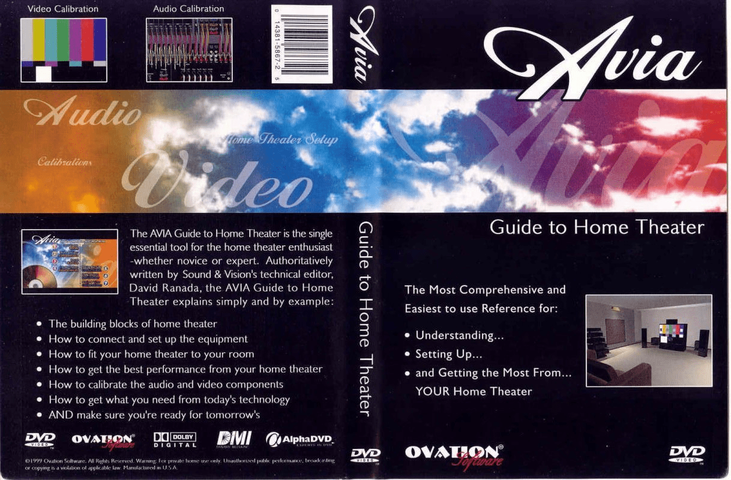At one time there were 3 or 4 calibration discs out there. The first ones were DVD and came with a blue filter made out of film (to set "Tint/Hue"). These were updated to Blu Ray discs when that format reached critical mass. The last one I bought was from Disney and called the WOW disc.Man , I am learning a lot. Thanks everybody. Some keep mentioning WOW disc. just curious. How does it work? U inser it in dvd or bluray player? Do you enter tv brand and model number and let it decide what is the best?
A quick search through Amazon shows that most have now been discontinued. The one that seems to still be in business is from a company called Spears & Munsil. They also now have a 4K/HDR version (that I imagine is close to rocket science
 ) and you would need a 4K disc player to use.
) and you would need a 4K disc player to use.Now remember, we are trying to get to "close enough for government work" and, though it won't be "perfect", it can get you very close.
I'll bet you can even get close with a non Blu Ray DVD. The WOW Blu ray is discontinued and people are paying ridiculous amounts for old ones. Don't do it.
If I was buying today, I would give this a lot of thought. Spears & Munsil HD Benchmark and Calibration



